In the 1970s, environmentalists and politicians in the imperial core quivered in their seats at the prospect of a population explosion. Malthusian prophecies of total collapse and Thanos-esque proposals of racial extermination pervaded political thought. For many, it seemed the end of the world was at our door, and one of the main worries was that food production wouldn’t be able to support the billions of mouths that would be born in the coming decades.
But then the Green Revolution happened, and everything was supposedly better. Labour-saving technology and fossil fuel-laden chemicals pulled the world back from the precipice of famine and death. At least, that’s the dominant narrative pushed since the 1970s.
Our Changing Climate series
This post is part of a new series created by ethical.net in partnership with Our Changing Climate, an environmental YouTube channel that explores the intersections of social, political, climatic, and food-based issues. Get early access and support this important research by becoming a Patreon.
Today, though, we’re going to deconstruct this story about industrial farming, and answer a nagging question: can small-scale regenerative farming feed the world?
The Problem with Industrial Agriculture
The so-called Green Revolution was a temporary patch on a much larger food-system crisis. If anything, the industrial farming explosion in the 1970s, which implemented new labour-saving technologies like combine harvesters, high-yield seed varieties, and consolidation of farmland to increase global food production, seems to have done more harm than good.
👉 This is partly because the Green Revolution substituted the cost of labour with that of fossil fuels. Instead of endless hours on the farm, landholders just used fossil fuels to power their harvesters, tillers, and develop synthetic fertilisers.
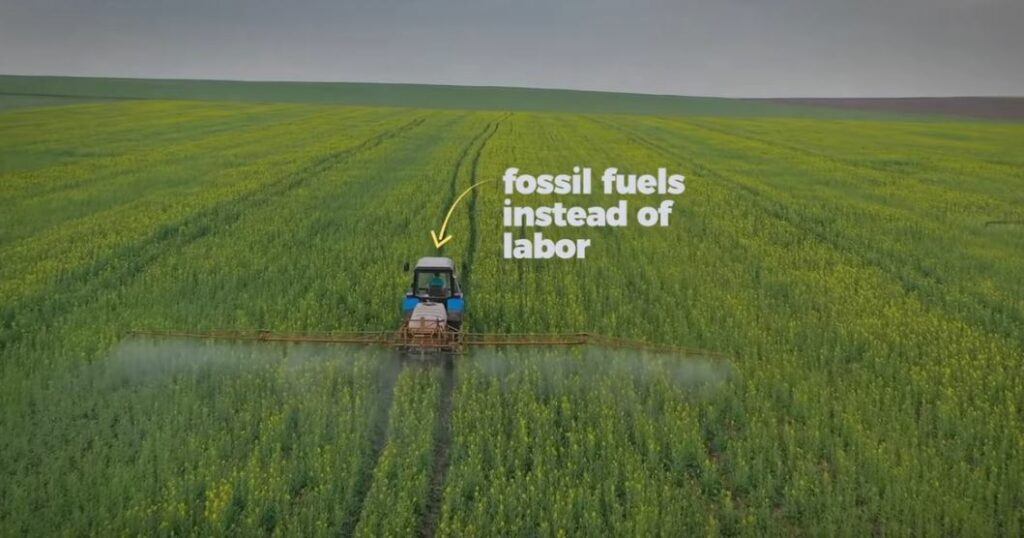
For an aging farming population, this was great news: you could get the same yields, but only have to work two weeks in the spring and two in the autumn. For the soil, the atmosphere, and the insect and bird populations, however, this new industrial agriculture spelled disaster.
👉 As a result of industrial agriculture’s tireless tilling practices, which churns up and destroys the fragile microbiome and organic matter of the topsoil, the health of conventionally tilled soil is now diminishing at more than twice the rate that it’s regenerating, a crisis which leading soil scientist Dr. Rattan Lal describes in one word: “bleak”.
Our new fossil fuel agriculture, embodied in the miles of corn and soybean monocultures in the heartland of the United States, and now being pushed on the imperial periphery by agribusiness giants like Bayer-Monsanto and Syngenta, has also meant significant greenhouse gas emissions, to the tune of 24% of our total global yearly greenhouse gas emissions.
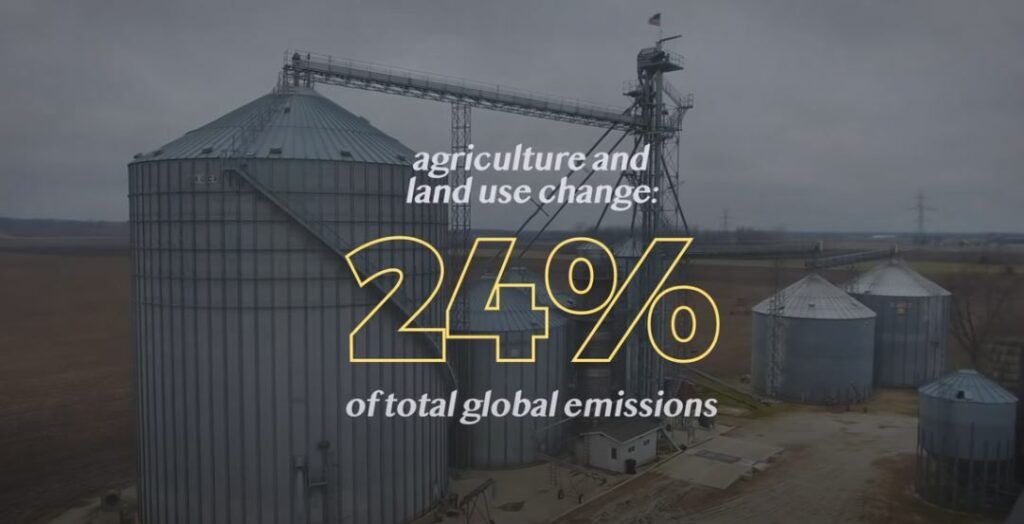
And on top of all of that, industrial agriculture is killing waves of insects and birds, and crushing the bodies of farmworkers and prisoners forced to work grueling hours harvesting for little or no pay. 🐝

We stomach the mounting toll of industrial agriculture because it’s supposedly feeding the world. Yet most of the monocrop farmlands in the imperial core don’t directly produce the food going into our mouths. More often, the vast fields of corn get churned into animal feed, fuel, or various sugars and additives that do eventually reach us, but in an extremely roundabout way.
The Alliance for the Green Revolution in Africa, also known as AGRA, an initiative backed by Bill Gates and the Rockefeller Foundation, reveals industrial farming’s failure to feed the world:
“In the countries where AGRA operates, there’s been a 30% increase in the number of people who are suffering hunger, and the agricultural productivity is kind of the same as it was before AGRA began.”
Indeed, large-scale industrialised agriculture only accounts for 50% of global food production. It’s the farms producing the other 50% that we must look towards for an escape route out of our current unsustainable capitalist farming system.
Small-Scale Farming Can (and Does) Feed the World
Before the combine harvester and synthetic fertilizer, the world was feeding itself through the labour of millions of small-scale agricultural endeavours across the globe.
📌 Today, that’s still the case: small-scale farms produce 51% of the world’s food. So the question of whether small-scale farming can feed the world has a short answer: yes. But, of course, it’s a little more complicated than that.
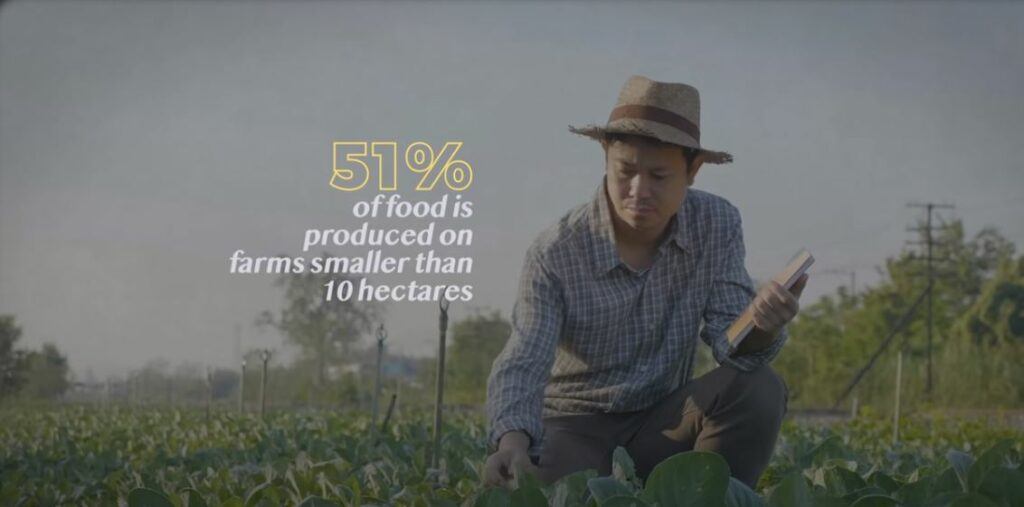
Regardless of the style of farming, we are currently producing more food than we need – meaning that hunger and food insecurity are less a question of production than one of distribution, access, and infrastructure. All of which are exacerbated by systems of oppression like racism, classism, imperialism, and capitalist exploitation.
📌 In the United States, for example, 40% of food produced is wasted, despite thousands of marginalised communities suffering from food apartheid and limited access to nutritious and tasty food.
All this is to say that, as we transition away from large-scale fossil fuel-centric agriculture to small-scale agroecological pursuits, we must also transform food systems beyond the farm. But before getting to possible approaches to that gargantuan problem, we first need to understand why small-scale regenerative farming can not only heal our relationship with the land, and reverse the effects of fossil capitalism, but also provide a platform for the masses to topple our global capitalist system.
Why Small-Scale Farming Matters
On the outskirts of Albany, New York, lies a farm. Drawing on African-Indigenous roots and knowledge, farmers there have turned a patch of land from barren soil into a thriving ecosystem in a matter of years.
📌 They’re growing food that goes to communities of colour which lack access to appetising, nourishing food because racial capitalism deemed their area unfit for profit, ultimately depriving them of freshly farmed produce. And they’re growing this food while sequestering carbon into the soil.
Instead of big tractors, there are hands in the dirt. Instead of miles of monoculture, there are acres of polyculture. Instead of industrial agriculture, there’s Afro-Indigenous permaculture. The farm is called Soul Fire Farm, and it’s just one of the countless examples of why small-scale farming is essential in the imperial core and periphery alike.

To be clear, when I say “small-scale farm”, I mean agricultural practices based on traditional knowledge which seeks to grow a diverse range of plants for local consumption, while also healing the soil in the process.
This can take a number of forms, from backyard intensive-farming operations, to permaculture-informed food forests, and Indigenous-led hemp-based operations. All of these are free from tilling, chemicals, and the highly mechanised processes which divorce farmers from the land, and ultimately lead to a world where food seems to come from the grocery store rather than the ground.
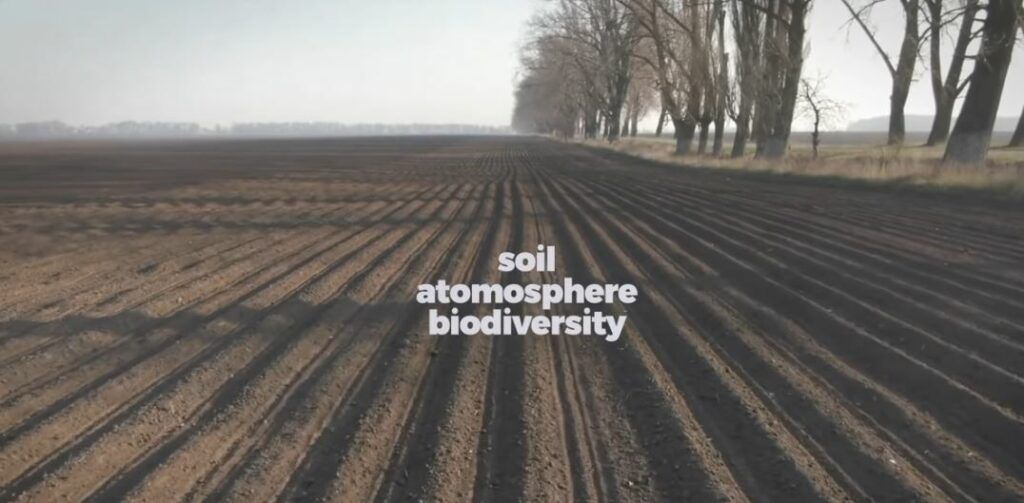
In terms of the environment, a small-scale regenerative farm can be a mighty tool towards forging resilience and tackling the climate crisis. If done correctly, this type of farm can capture carbon in its soil to the tune of one to two metric tons per hectare, and promote a biodiverse landscape through crop diversification and perennial trees and flowers – which also builds resilience to extreme weather. And it can do all of that while achieving similar yields, but using significantly fewer fossil fuels and toxic chemicals.

Along with the clear environmental necessity for small-scale farming, these farms have the potential to be a nexus for change. Farms are what keep us alive and tie us together, meaning that they can be spaces for affinity groups and organisations to gather, strategise, and strengthen bonds. And Soul Fire Farms does exactly that, by offering up its farmland to leftist organizers and communities in need of a space to build power.
But farmers themselves also have power in numbers and can be agents of change. Just look at India, where the might of farmers was on display for months, bringing key entrance roads into Dehli to a standstill in protest of a proposed neoliberal farm bill.
At the end of the day, the small-scale farm can instigate big change, but that change only occurs when thousands, if not millions, turn back to the soil, putting in the hard work that regenerative agriculture requires to heal the land. 🍏
How We Build a Better System / Towards a Small-Scale Future
“You give everything to the land… and then you yourself physically wear out, and mentally, you wear down, and spiritually, you start to question.”
That’s a quote from a small-scale-farmer in the US who reveals the stark reality of developing viable farming alternatives under capitalism. Farming is hard work, there are no two ways about it. Indeed, the rate of suicide among farmers, whether in the US or India, is extremely high compared to other occupations.

A 2016 study of alternative farms in Ohio revealed what most small-scale farmers already knew: that, on average, the labour requirements of small-scale agriculture are 15% higher than industrial agriculture. And in our current global capitalist system, where fossil fuels have artificially driven the price of food through the floor, that extra labour – 65-hour working weeks or hordes of unpaid interns – often goes unrecognised.
What this shows is that a regenerative farming revolution must also be accompanied by a full-scale societal revolution.
Fortunately, the two can be, and indeed are interconnected. In the imperial periphery, anti-capitalist Indigenous-led farmers’ movements like La Via Campesina are already showing the world that another more nurturing reality can exist.
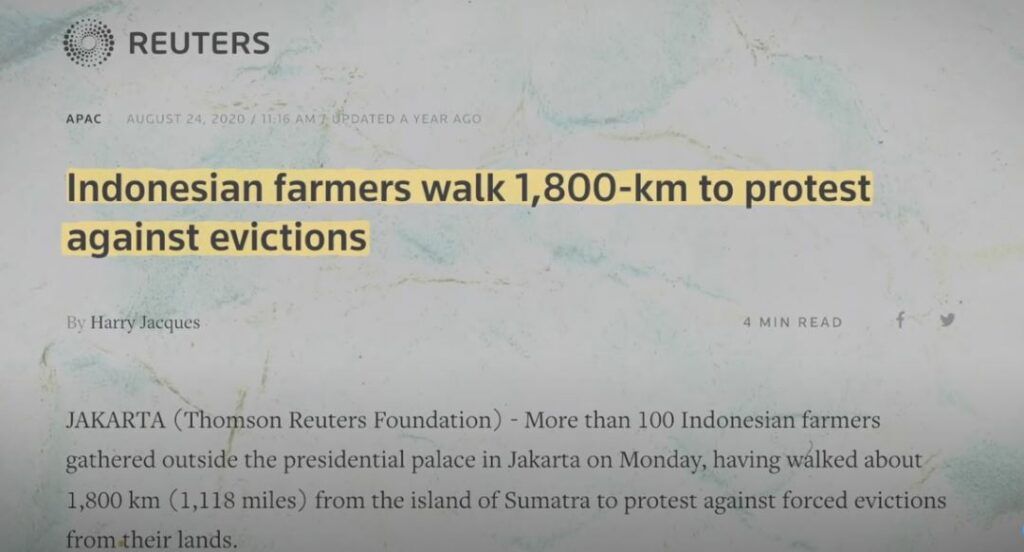
Under the umbrella of Via Campesina, farmers’ protests like that in India and Indonesia are exposing the untenable reality of life as a peasant farmer under capitalism.
But outside of the bounds of capitalism, the small-scale farm can act as an anchor to a thriving communist, anarchist, eco-socialist, or solarpunk society, in which the farm and the work of healing the soil and nourishing the community aren’t foisted onto one person, but shared throughout the community via farming co-ops, as in Cuba, or community workshares.
The small-scale farm is bursting with the potential of radical change for our environments, our bodies, our relationships, and even our politics – but that change can’t happen from behind our screens. We must get out onto the land, find those toiling away in the soil, and help them build a revolutionary tomorrow.



Leave a Reply